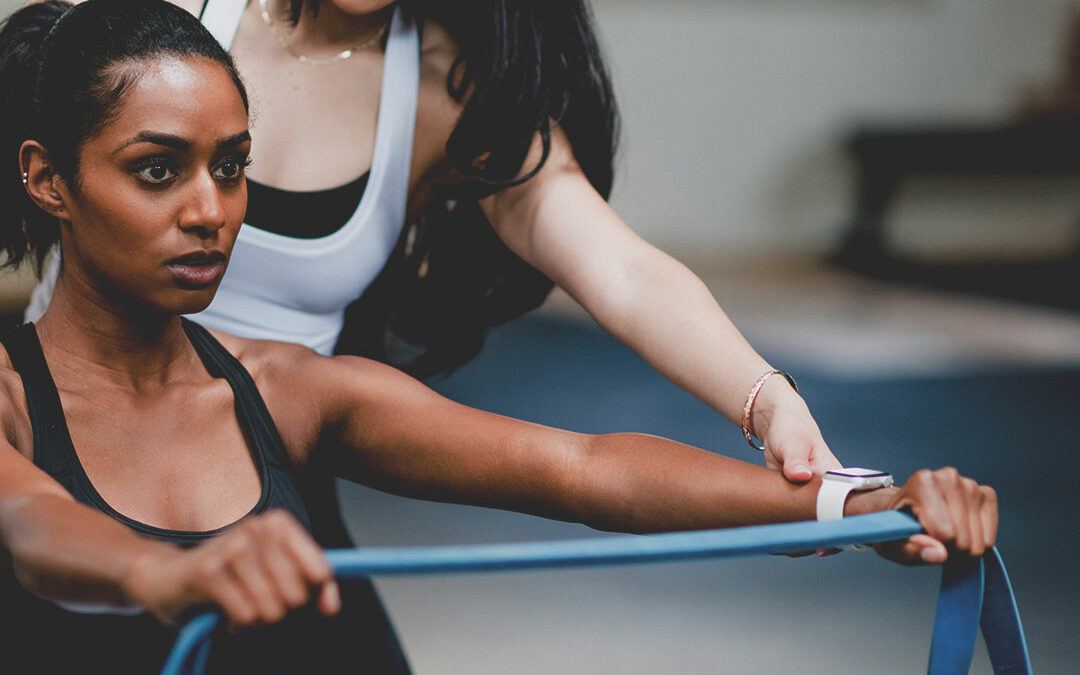Starting a workout routine is easy. Sticking with it? That’s the hard part.
If you’ve tried before and quit — you’re not lazy, and you’re not alone. The problem usually isn’t you. It’s the plan. Most beginner workout routines are either too intense, too complicated, or just not realistic for your life.
This guide fixes that. Here’s how to build a routine that fits you — and lasts.
1. Start Small — Like, Really Small
If your first week includes 6 workouts, a meal plan, and a 5AM wake-up call… it’s going to crash.
-
2–3 short workouts a week is plenty to start.
-
10–20 minutes is totally valid.
-
You don’t need fancy equipment. Bodyweight is fine.
The goal is not to crush it. The goal is to build the habit.
2. Choose What Feels Doable
You don’t need to run, lift, or stretch a certain way just because someone else says it works.
-
Like walking? Start there.
-
Prefer YouTube workouts? Go for it.
-
Hate burpees? Then don’t do burpees.
You’ll stick with what you enjoy — or at least don’t dread.
3. Pick Specific Days and Times
“Maybe I’ll work out tomorrow” isn’t a plan — it’s a wish.
-
Choose exact days (e.g., Mon, Wed, Sat).
-
Set specific times (e.g., after work at 6PM).
-
Treat workouts like appointments — not extras.
No motivation? No problem. Consistency doesn’t rely on feelings. It runs on structure.
4. Make It Easy to Show Up
Remove all the little excuses before they start.
-
Keep your workout clothes handy.
-
Have a go-to workout saved (like a 15-minute YouTube video).
-
Don’t overthink it — just press play or start the timer.
Once you begin, momentum kicks in.
5. Track Something Simple
You don’t need a smartwatch or a spreadsheet. Just keep a basic log.
-
“Workout done” ✅ counts.
-
A notebook, habit tracker, or app works.
-
Seeing your streak grow helps you keep going.
Focus on showing up, not perfection.
6. Be Ready to Adjust
Life happens. You get tired, busy, sick, unmotivated. That’s normal.
-
Miss a workout? No big deal — get the next one.
-
Feeling off? Do half the workout or just stretch.
-
Losing interest? Try a new type of movement.
What matters most is coming back.
7. Think Long-Term, Not All-or-Nothing
You don’t need to “go hard” or “go home.” You need to keep going.
-
Progress is slow — that’s fine.
-
Small steps add up fast.
-
The real win? Still moving a month from now.
Final Thought:
Don’t aim for perfect. Aim for consistent.
A simple, flexible routine you stick with will beat a hardcore plan you quit every single time.
Need a Personal Trainer? My name is Jim Burns and I am a NASM certified Personal Trainer. Email me at besimplyfit23@gmail.com tp get started.

